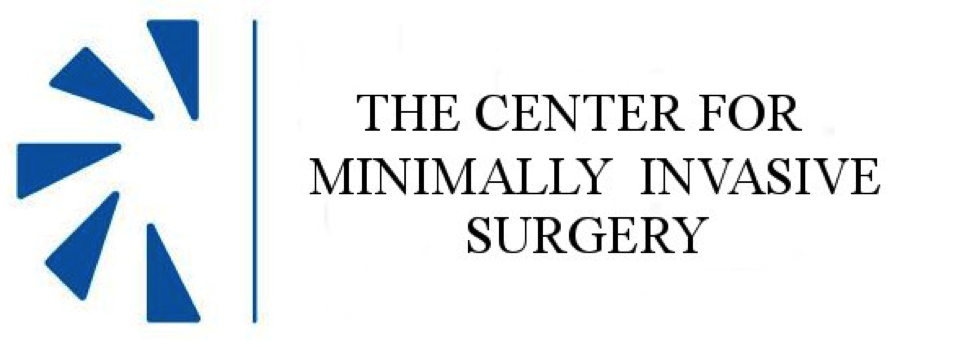Treating Severe Neck Pain With Surgery
Chronic neck pain impacts thousands of people. The discomfort, stiffness, and reduced range of motion (ROM) can significantly affect the quality of life. For some, this neck pain and stiffness is due to an underlying condition, like a herniated disc or bone spur. In addition to pain and stiffness, these conditions irritate the surrounding nerves, causing pain to radiate down the shoulder and arm. An anterior cervical discectomy and fusion (ACDF) can address symptoms in severe cases. However, there are concerns that the procedure may impact long-term range of motion.

Understanding ACDF
Anterior cervical discectomy and fusion is a complex surgical procedure to treat issues of the cervical spine. These vertebrae start at the base of the skull and end at the top of the chest. ACDF addresses a herniated disc, bone spur, or any obstruction of the nerves in the cervical spine. This procedure starts by removing the damaged herniated disc. A graft, such as the patient’s bone, bone marrow, or synthetic material, replaces the herniated disc. Over time, the nearby vertebrae heal and grow together, known as fusion. ACDF is a minimally invasive surgery (MIS) that starts with incisions at the front of the neck. This anterior approach allows the surgeon to move the windpipe, esophagus, and other structures to access the herniated disc without damaging muscle and tissue.
Benefits of cervical discectomy
By releasing the irritation of the nerves, patients will experience less pain and discomfort in the neck and nearby extremities. With MIS, faster healing, fewer complications, and less post-operative pain is possible. ACDF may also help realign the spine, restoring mobility and nerve function. The best candidates for ACDF include people with chronic neck and arm pain that does not improve with conservative treatment. ACDF surgery has high success rates, with over 80% of patients still satisfied several years after surgery.
What about ROM?
The role of intervertebral discs is to provide the spine with flexibility and help with shock absorption. A common concern is that the neck loses flexibility and ROM after ACDF surgery. The belief is that since the bones fuse and form a solid piece, the patient loses the function of that herniated disc. In almost all cases, the loss of ROM is minimal. In most cases, impacted vertebra in the lower cervical spine is not needed for full movement. Over time, the other discs and bones move more to compensate for the fusion. Some scenarios, like looking over the shoulder, require all cervical discs. However, after surgery, the patient should enjoy improved neck movement with minimal pain.
Less pain, improved ROM
Sometimes, herniated discs or spinal stenosis affects the patient’s flexibility. The chronic nerve pain and numbness cause the patient to keep the neck still, leading to a loss of ROM and stiffness. ACDF surgery can improve the range of motion in these cases, and the patient will have less pain and discomfort. Furthermore, physical therapy (PT) will encourage movement of the neck. When this patient resumes regular activity, there is often improved function compared to before surgery.
As easy as ACDF
Anterior cervical discectomy and fusion is an excellent option for treating chronic neck pain, nerve pain, and stiffness. Removing damaged discs and bone spurs can free the surrounding nerves, relieving pain. More importantly, ACDF patients notice improved neck function. The procedure should not severely limit the patient's range of motion. In fact, moving the neck is sometimes more manageable with improved ROM after surgery. With the proper post-operative care, ACDF may be the solution to reducing pain and improving neck function.
Recent Posts
ACL Repair: Will You Have Range Of Motion With Your Knee After Recovery & Physical Therapy?
After an ACL injury, ROM can be negatively affected. ACL repair surgery helps restore function, but physical therapy is essential to ROM.
Arthroscopy: What Are The Benefits Of This Minimally Invasive Outpatient Orthopedic Procedure?
Arthroscopy can help diagnose or treat joint conditions. Benefits of the MIS include faster recovery, less pain, and fewer scars.
Posterior Interbody Lumbar Fusion: What Are The Benefits Of PLIF For People With Back Pain?
People with chronic back pain may benefit from posterior interbody lumbar fusion surgery. PLIF can reduce pain and improve stability.
Saying Goodbye To Tonsil Troubles: The Benefits Of Minimally Invasive Tonsillectomy
Chronic tonsilitis or other tonsil troubles can impact health and well-being. A minimally invasive tonsillectomy can reduce infections.








